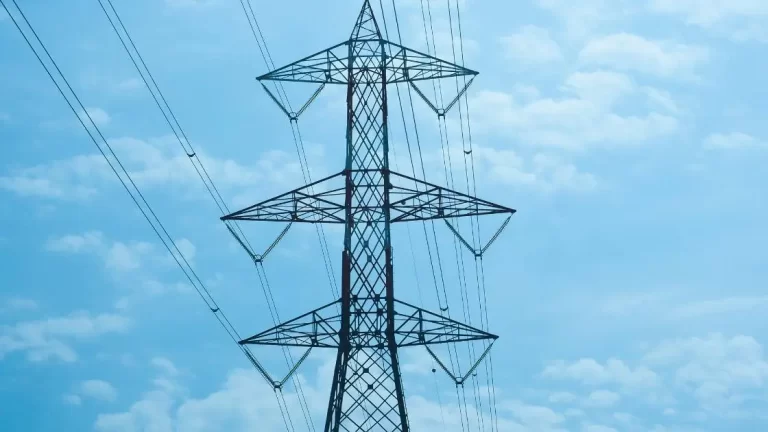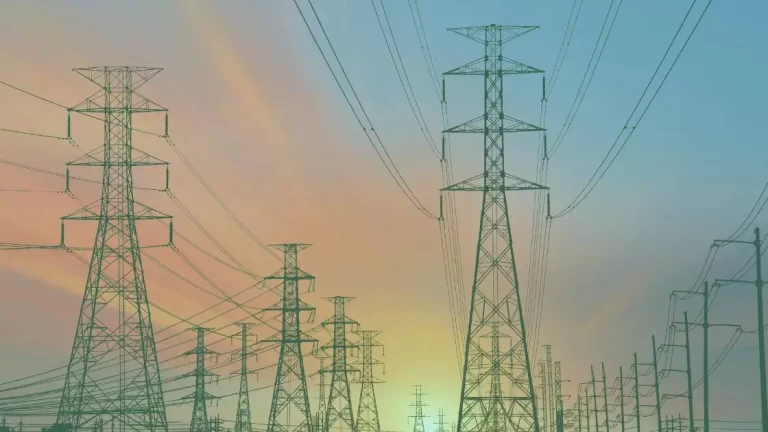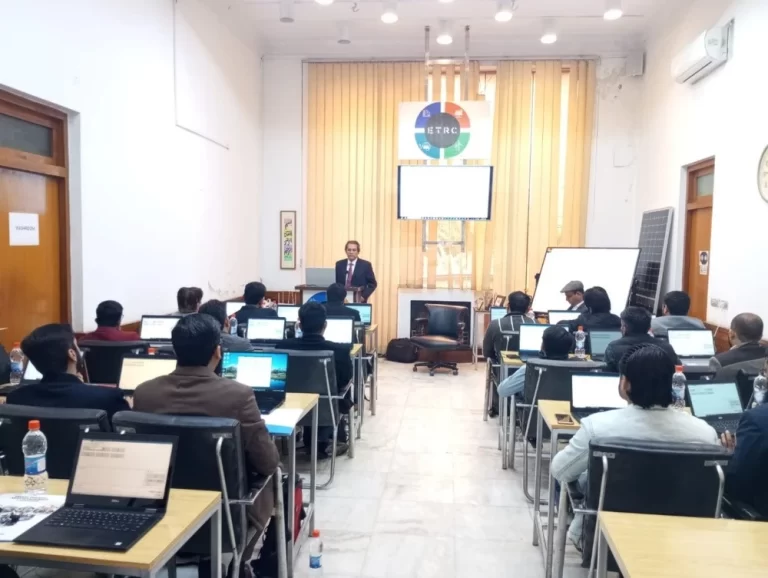The consumers to Pay Rs 4.9 Per Unit Extra in Electricity Bills in April 2024
Staff Report
The consumers are set to Pay Rs 4.9 Per Unit Extra in Electricity Bills in April 2024.
The National Electric Power Regulatory Authority (NEPRA) has raised the power tariff by Rs. 4.9 per unit on account of fuel adjustment for February 2024.
The power regulator has reviewed and assessed a National Average Uniform increase of Rs. 4.9213/kWh in the applicable tariff for XWDISCOs on account of variations in the fuel charges for February 2024.
The actual fuel cost for February 2024, as claimed by CPPA-G, is Rs. 9.4254/kWh, against the reference fuel cost component of Rs. 4.4337/kWh.
CPPA-G had sought an increase of Rs. 4.9917 per unit.
CPPA-G submitted that there was not much variation in actual fuel prices vis-a-vis reference values.
However, certain fuels that were not part of the reference mix like RLNG were operated because of system requirements.
It was further highlighted that a negative growth of -12.2% was observed in the actual generation against the reference generation.
The power regulator noted with concern that demand has been continuously declining and till February 2024, the overall demand has been reduced by around 12% compared to the reference projections assumed in the tariff.
This decrease in sales would consequently result in higher quarterly adjustments, leading to a further increase in the tariff.
Nepra directed CPPA-G and the Ministry of Energy (MoE) to analyze the impact of lifting commercial-based load-shedding on the demand side and submit an intelligent proposal before the Authority to improve the demand.
It was also highlighted that currently over 60% of the tariff consists of capacity charges, which is much higher compared to international standards. The Authority accordingly asked CPPA-G to evaluate the possibilities of reducing capacity charges while remaining within the legal framework.
The power regulator further noted that wind-based power plants are being curtailed, and expensive imported fuel-based power plants are being operated.
It was also observed that the Guddu power plant was operated at a 45% plant factor on an open cycle instead of a combined cycle.
Had this plant been operated on a combined cycle, it would have reduced the cost of generation,” Nepra noted.
During the hearing, various commentators raised their concerns regarding high fuel price adjustments.
Mr. Abdullah Umer, a commentator, submitted that recent FCAs have seen generation from RLNG, adding a financial burden on consumers.
Mr. Muhammad Arif, another commentator, highlighted the longstanding issue of evacuation of generation from local coal and wind-based plants in the south.
NTDC, while responding to the concerns raised by the commentators, submitted that the operation of RLNG-based power plants was necessary to maintain system stability and non-operation of these plants may have led to national blackouts, thus, leading to additional costs to restart and normalize the system.
NTDC further submitted that the constraint in the corridor is due to the national generation coming as low as 7,000 MW-8,000 MW even though the system has a 27,000 MW evacuation capacity.
NTDC also apprised that high solar induction by consumers has also led to a decrease in demand from the national grid which consequently has increased the burden on remaining consumers.
It was also stated by NTDC that there is a need to develop cheap base ad plants in the middle of the country to offset the expensive plants being operated in that region.
It was further highlighted that solar is being developed in the central region; however, there will still be a need for base load plants for ramping purposes. NTDC also requested the Authority to consider allowing Rs. 42 billion, withheld by the Authority during previous FCAs of XWDISCOs.How to Access KE Duplicate Bills Online for 2024 (Updated January)
NTDCL reported provisional T&T losses of 203.87 GWh, i.e., 2.789%, based on energy delivered on the NTDCL system during February 2024, which are on the higher side and adjusted on an accumulative yearly basis.
NTDC, in addition, also reported T&T losses of 19.807 GWh, i.e., 2.976%, for the PMLTC (HVDC) line. NTDCL is allowed T&T losses of 2.639% only at the 500 and 220 KV networks; therefore, 203.87 GWh losses are adjusted at 197.38 GWh. For PMLTC (HVDC), it is allowed T&T losses of a maximum up to 4.3%.








